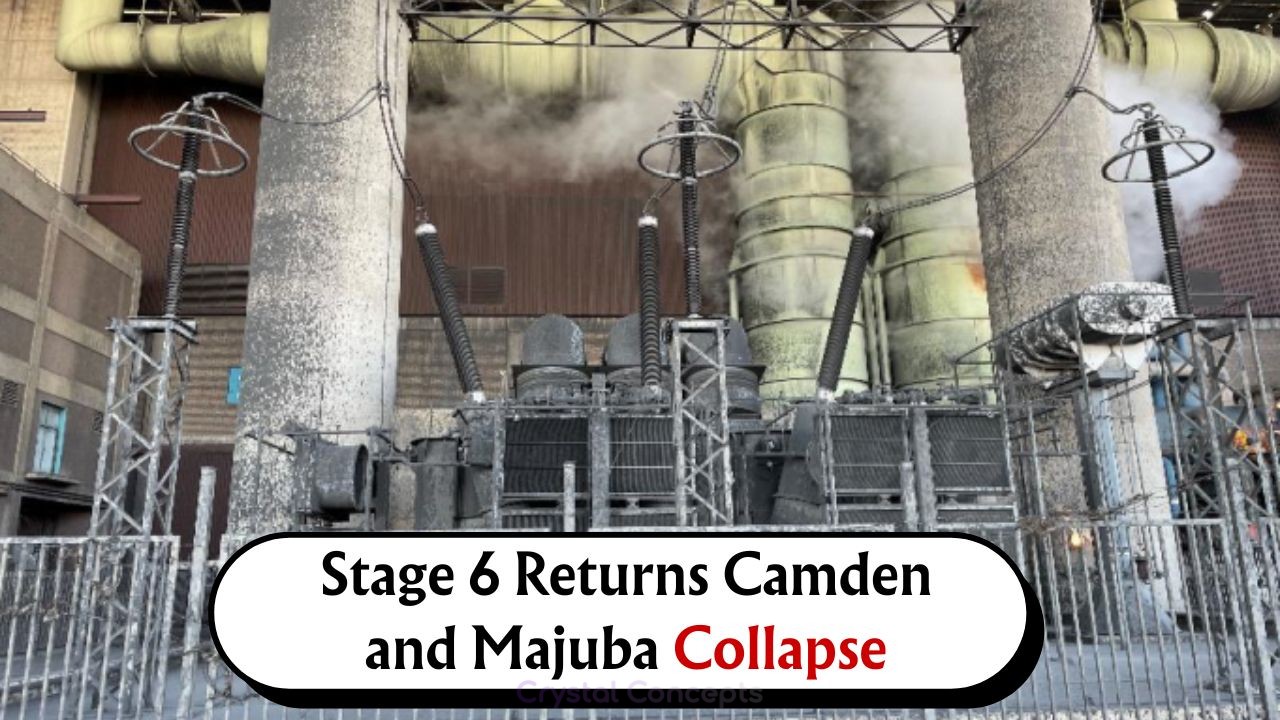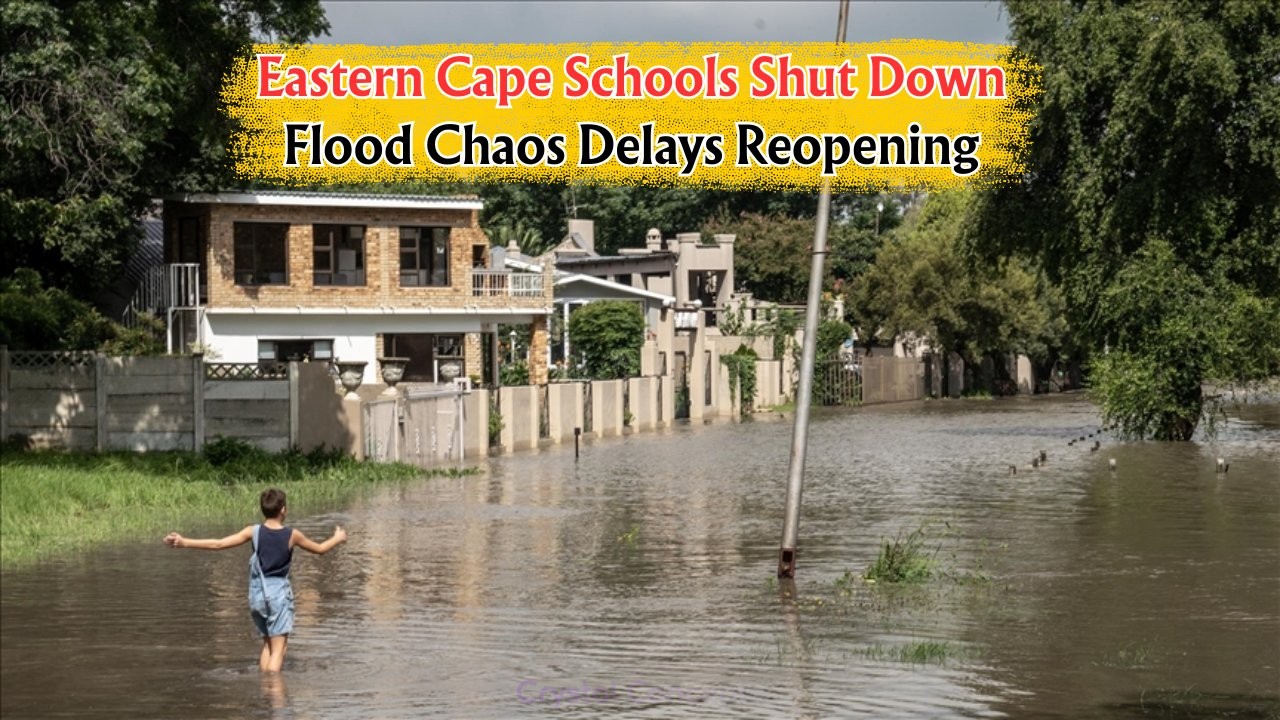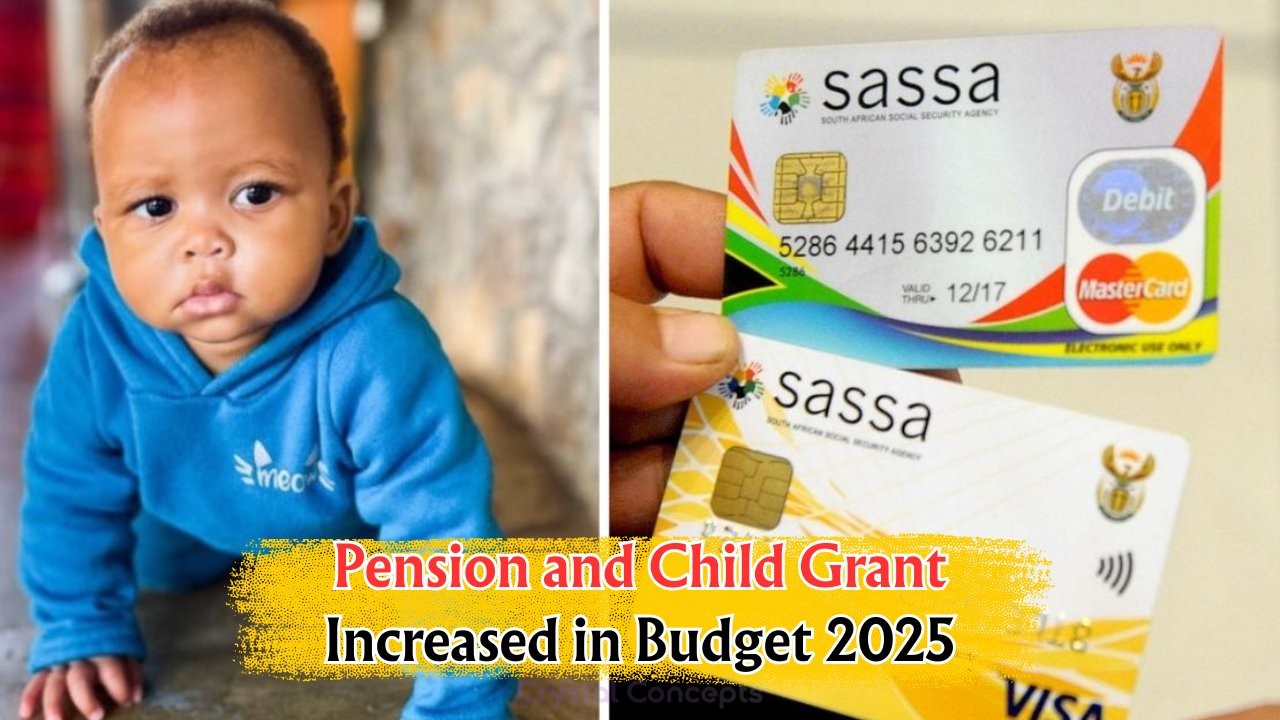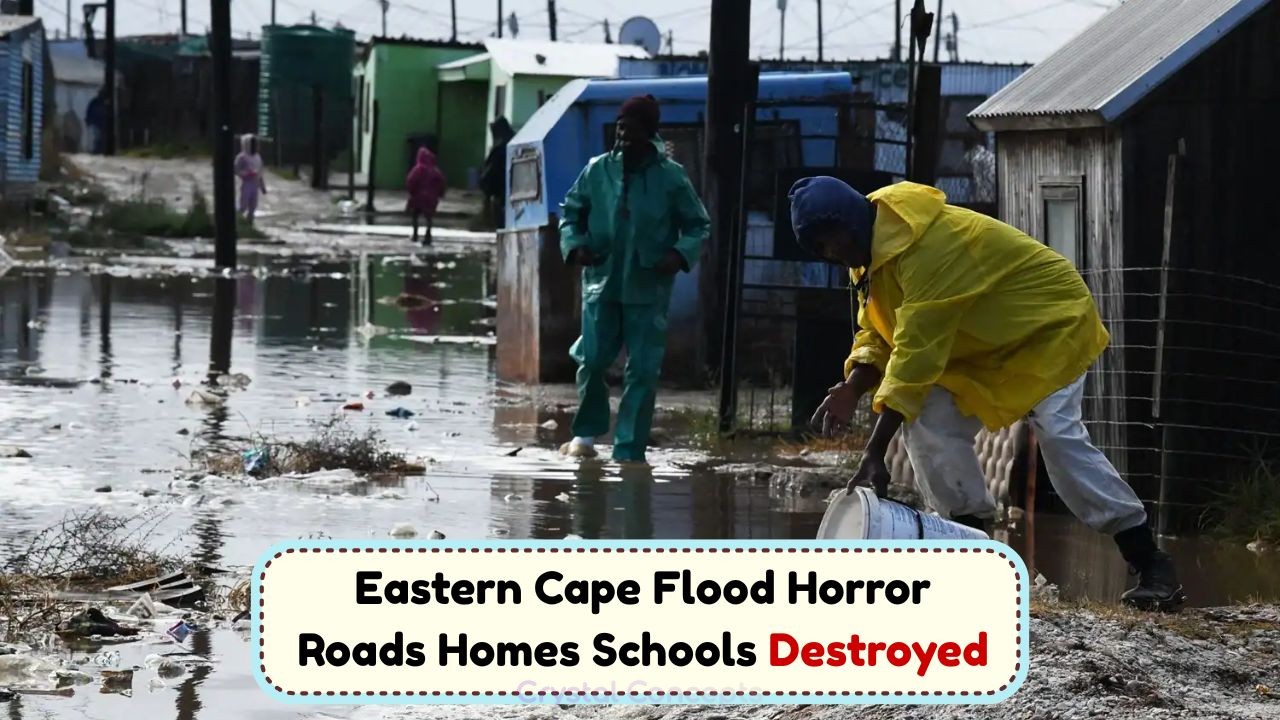SA Power Crisis Deepens: As South Africa faces another wave of power outages, the return of Stage 6 loadshedding is causing widespread concern among residents and businesses. The recent failures at two significant power facilities, Camden and Majuba, have exacerbated the already critical power supply situation in the country. The unpredictability of these outages disrupts daily life, affecting everything from economic productivity to household routines. With the national grid under immense pressure, the need for sustainable solutions has never been more urgent. Energy experts are calling for both immediate measures to stabilize the grid and long-term strategies to diversify energy sources, ensuring a more resilient system moving forward.
Impact of Stage 6 Loadshedding on South African Lives
The escalation to Stage 6 loadshedding means up to six hours of power cuts in a single day, affecting millions of South Africans. This level of power disruption has far-reaching consequences, impacting various sectors and daily living. Businesses, especially small to medium enterprises, are struggling to cope with the intermittent supply, leading to reduced productivity and financial losses. In the education sector, students are finding it challenging to keep up with their studies due to the lack of reliable electricity for online learning and evening study sessions. Additionally, households are facing increased stress over meal preparation and the preservation of perishable goods.
- Businesses experience significant financial setbacks due to operational halts.
- Educational institutions report declining student performance.
- Households face challenges in maintaining essential food supplies.
- Healthcare facilities struggle to ensure uninterrupted services.
- Public safety concerns rise due to non-operational street lighting.
- Telecommunications networks face service disruptions.
- Public transport systems experience delays and cancellations.
Understanding the Failures at Camden and Majuba Power Stations
The Camden and Majuba power stations are critical components of South Africa’s electricity supply network. Recent technical failures at these facilities have significantly reduced their output, contributing to the resurgence of severe loadshedding. At Camden, issues with boiler operations have led to frequent shutdowns, while Majuba has faced problems with its coal supply chain and mechanical failures. These challenges highlight the aging infrastructure and the urgent need for maintenance and upgrades. The South African government and Eskom, the national power utility, are under pressure to address these deficiencies and ensure the reliability of these key power plants.
| Power Station | Location | Capacity (MW) | Current Status | Key Issues | Impact | Solutions |
|---|---|---|---|---|---|---|
| Camden | Mpumalanga | 1,561 | Operational with restrictions | Boiler malfunctions | Reduced output | Urgent repairs |
| Majuba | Mpumalanga | 4,110 | Partially operational | Coal supply issues | Intermittent shutdowns | Supply chain optimization |
Strategies for Mitigating Loadshedding Impact
Addressing the ongoing power crisis in South Africa requires a multi-faceted approach. Short-term solutions focus on optimizing current resources and reducing demand during peak times. Encouraging energy efficiency and the use of alternative power sources like solar and wind can offer immediate relief. In the long term, investment in infrastructure upgrades and the diversification of energy sources are crucial. The government is considering partnerships with private sector entities to expedite the development of renewable energy projects, which could provide sustainable solutions to the country’s electricity challenges.
- Promote energy efficiency in homes and businesses.
- Invest in renewable energy projects.
- Enhance maintenance protocols for existing power stations.
- Encourage public-private partnerships in the energy sector.
- Implement smart grid technologies.
- Develop community-based microgrid projects.
- Educate the public on energy-saving practices.
Role of Renewable Energy in Solving South Africa’s Power Woes
Renewable energy sources, such as solar, wind, and hydroelectric power, offer promising solutions to South Africa’s electricity shortages. By harnessing these resources, the country can reduce its reliance on coal-fired power plants, which are prone to frequent outages and environmental concerns. The integration of renewable energy into the national grid can provide a stable and sustainable power supply, reducing the frequency and severity of loadshedding. Moreover, renewable energy projects can create jobs, stimulate economic growth, and contribute to South Africa’s climate change mitigation efforts.
| Energy Source | Advantages | Challenges | Potential Impact |
|---|---|---|---|
| Solar | Abundant and clean | Initial setup cost | Reduced reliance on coal |
| Wind | Low operational costs | Inconsistent availability | Energy diversification |
| Hydroelectric | Reliable and efficient | Environmental impact | Stable power supply |
Community Response to Loadshedding Challenges
Communities across South Africa have shown remarkable resilience in navigating the challenges posed by loadshedding. Grassroots initiatives have emerged, focusing on energy conservation and local energy generation projects. Community gardens powered by solar panels and local workshops on sustainable living practices are becoming more common. These efforts not only help mitigate the immediate impact of power outages but also foster a culture of sustainability and self-reliance. Collaboration between local governments, NGOs, and community leaders is crucial in expanding these initiatives and ensuring their long-term success.
- Formation of local energy cooperatives.
- Promotion of solar panel installation workshops.
- Community-led energy conservation campaigns.
- Partnerships with local businesses for energy solutions.
Importance of Government Policies in Power Crisis Management
The South African government’s policies play a pivotal role in managing the power crisis. Effective policy-making can drive investments in the energy sector, regulate the efficient use of current resources, and incentivize the adoption of renewable energy. The government is exploring various policy measures, including tax incentives for green energy investments and stricter regulation of power plant operations. These policies are designed to ensure a stable power supply, protect the environment, and bolster economic growth. Transparent and consistent policy implementation will be essential for building public trust and encouraging private sector participation.
- Implementation of tax incentives for renewable investments.
- Development of clear regulations for power plant operations.
- Strengthening of power infrastructure policies.
- Encouragement of public-private partnerships.
- Focus on sustainable energy research and development.
Technological Innovations in the Energy Sector
Technological advancements offer new possibilities for addressing South Africa’s power challenges. Innovations in energy storage, smart grid technology, and energy-efficient appliances are transforming how electricity is produced and consumed. Energy storage solutions, such as advanced battery systems, can stabilize supply by storing excess power generated from renewable sources. Smart grid technology enables real-time monitoring and management of electricity distribution, improving efficiency and reducing waste. These technologies, alongside energy-efficient appliances, can provide significant savings and reduce the strain on the national grid.
- Development of advanced energy storage solutions.
- Integration of smart grid technologies.
- Promotion of energy-efficient appliances.
- Research into new renewable technologies.
FAQ Section
- What is Stage 6 loadshedding?
Stage 6 loadshedding involves up to six hours of power cuts per day, with electricity being cut off in two-hour blocks spread throughout the day. - Why are Camden and Majuba power stations important?
They are significant contributors to the national grid, and their failures have major impacts on electricity supply stability. - How can renewable energy help South Africa?
Renewables can reduce reliance on coal, lower emissions, and provide a more stable and sustainable energy supply. - What role does the government play in addressing the power crisis?
The government is responsible for policy-making, investment incentives, and regulating the efficient use of resources to stabilize the power supply. - Are there any community initiatives to deal with loadshedding?
Yes, communities are engaging in energy conservation projects and local energy generation initiatives to cope with power outages.










